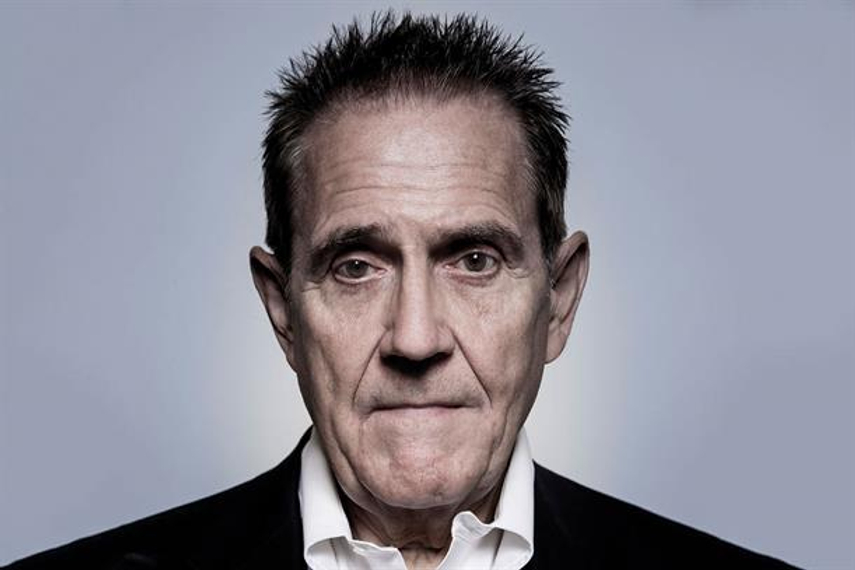
In 1973, David Rosenhan was professor of psychology at Stanford University.
He worried about the low standards of diagnosis across America.
So he devised an experiment.
He and a group of volunteers got themselves admitted to 12 psychiatric hospitals.
Once inside they acted normally to see if they were correctly diagnosed as sane.
The hospitals ranged from rural to urban, from underfunded to private.
Besides Rosenhan, the volunteers included psychologists and psychiatrists.
To get admitted, they said they’d been having mild auditory hallucinations.
Once inside they reverted to normal behaviour, to see if staff noticed they were sane.
But not a single member of staff noticed they were sane.
Whatever they did, the staff interpreted their behaviour as insane.
When Rosenhan and the volunteers took notes, the staff reported it as "pathological writing behaviour".
When they queued early for lunch, the staff reported them "exhibiting oral-acquisition symptoms".
The staff refused to see their behaviour as sane.
Eventually a team of lawyers had to step in to get the volunteers released from the hospitals.
Even then, the staff wouldn’t certify them as sane, just "in remission".
No matter what the evidence, they would not accept the volunteers were sane.
These findings were reported in the journal Science.
But a famous teaching hospital said it would be impossible for their staff to be fooled.
So David Rosenhan issued a challenge.
They would see how many of his fake patients the hospital could spot over the next three months.
At the end of that period the hospital had vetted 118 patients.
They spotted 41 fakes, and another 42 suspects.
But David Rosenhan hadn’t sent a single fake patient along during that period.
So the hospital was classifying genuinely ill patients as sane.
Previously, the hospitals couldn’t spot sane people when they were looking for insane.
Now they kept spotting sane people where there weren’t any.
What we would call Confirmation Bias had taken over from the ability to think.
Confirmation Bias is when we can’t evaluate results objectively.
We can only use those results to confirm whatever findings we’re looking for.
Which is exactly what happens in marketing.
We can’t accept the results unless they confirm the answer we’ve already decided we want.
Recently, the answer we wanted was that online media was better than traditional media.
Whatever the evidence the other way, it was ignored as dinosaur thinking.
But finally, the evidence is beginning to get through to marketers.
Mark Pritchard, P&G’s chief brand officer, recently said that digital media was "murky at best and fraudulent at worst."
Because the evidence had become overwhelming, he said the following:
"We have come to our senses and will no longer accept publisher self-reporting without external verification."
Hopefully, we’ve begun thinking again instead of just operating on Confirmation Bias.
Because here’s where we have to question our sanity.
Most "creativity", most "marketing", has now been shifted to the media department.
Where most buying is done by programmatic.
So most advertising is now being done by algorithms.
(Dave Trott is the author of Creative Mischief, Predatory Thinking and One Plus One Equals Three. This article first appeared on CampaignLive.co.uk)


.jpg&h=334&w=500&q=100&v=20250320&c=1)
.jpg&h=334&w=500&q=100&v=20250320&c=1)

.jpg&h=334&w=500&q=100&v=20250320&c=1)
.jpg&h=334&w=500&q=100&v=20250320&c=1)



.jpg&h=334&w=500&q=100&v=20250320&c=1)

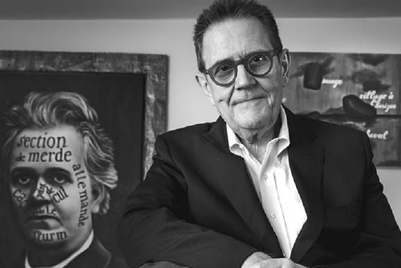
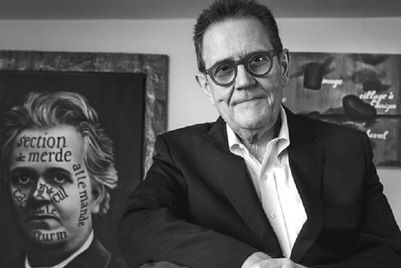
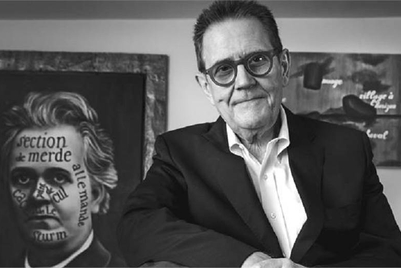
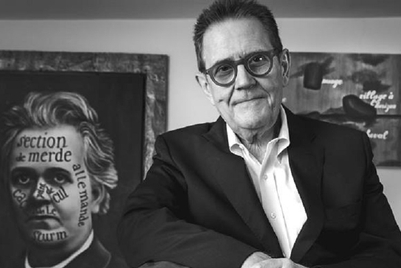
.jpeg&h=268&w=401&q=100&v=20250320&c=1)

.jpeg&h=268&w=401&q=100&v=20250320&c=1)
.png&h=268&w=401&q=100&v=20250320&c=1)
